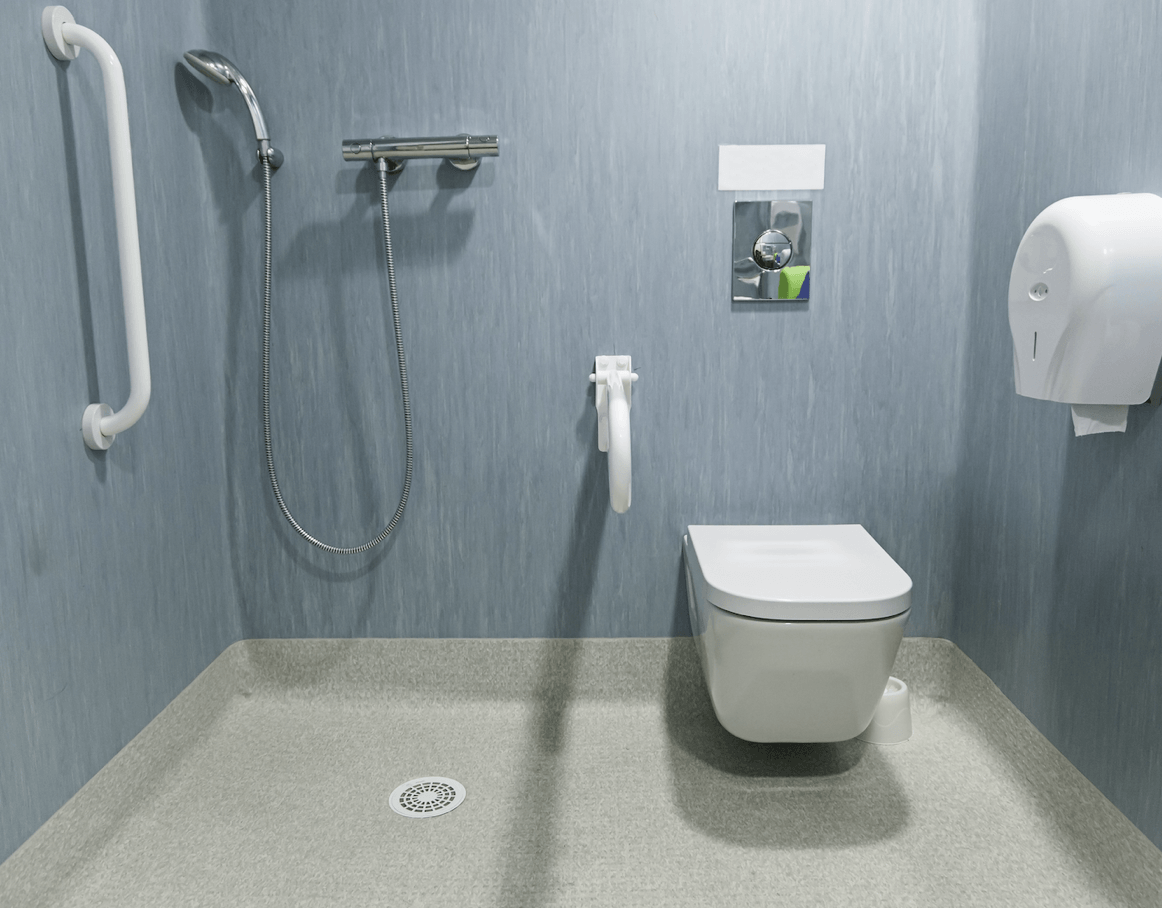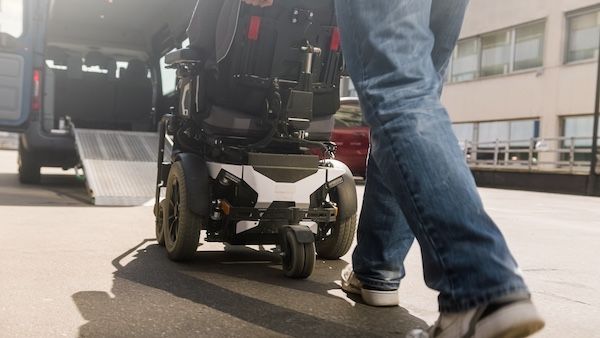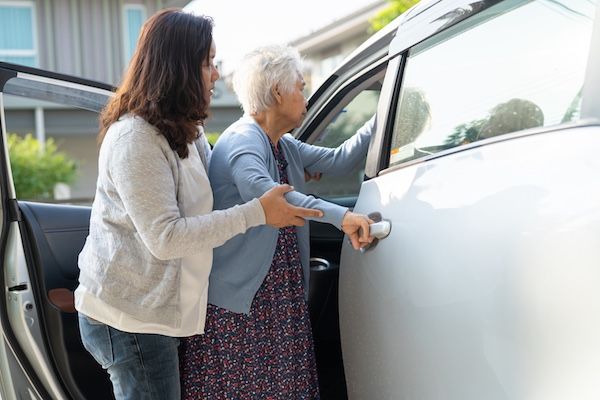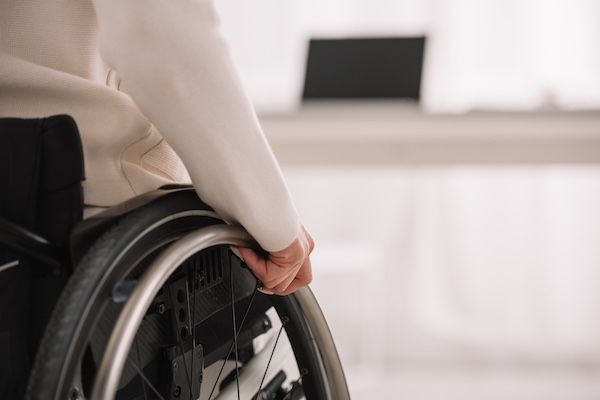3 Ways to Make Your Bathroom Wheelchair Accessible

If you happen to require the assistance of a wheelchair to get around, you’re undoubtedly familiar with the natural difficulties that arise when you need to relieve yourself. But there’s no reason to worry. There are plenty of measures you (and your loved ones) can take to create a special, wheelchair-accessible restroom that makes going to the bathroom easier than you may have thought was possible.
In particular, Custom Care Carriage recommends you take three measures in order to facilitate a true wheelchair-accessible restroom in your home.
A wide, easily accessible doorway
In order for a wheelchair to be able to maneuver through a doorway with at least a couple of inches to spare, the doorway should be at least three feet wide. If it’s possible to make the entrance any wider than that, by all means, feel free to do so. But three feet wide (36 inches) is considered the standard minimum width of a doorway for a handicap-accessible bathroom.
Width, though, is just half the battle. The doorway must be lined up correctly with a hallway or installed as a part of a room. A wheelchair’s wheels aren’t really meant to turn sharply, so if the doorway is situated in a way that the wheelchair user has to angle his or her wheelchair hard in order to turn into and through the doorway, it adds an unnecessary degree of difficulty for the person to do something that should be as simple as possible.
The more handlebars, the better
The physics of getting up onto a toilet seat and around in a shower can be difficult for someone with limited mobility. That’s what handlebars are for.
As a bare minimum safety measure, Custom Care Carriage recommends the usage of handlebars on the walls beside the toilet. We also recommend installing an extra set of handlebars onto the sides of the toilet itself, as this will make it much easier for one to get on and off the toilet. Additionally, a set of handlebars inside a shower is a necessity to keep one from slipping on the wet floor, but on top of that, an extra handlebar or two on or right beside the shower door will make getting in and out of the shower much easier.
A controllable shower-head
Sometimes, for one reason or another, it’s necessary to move the showerhead and change the pressure level of the water that shoots out. As such, it’s imperative that a wheelchair-accessible bathroom comes with a showerhead that is low, so that a person with limited mobility can access it, and adjustable.
For example, sometimes the initial spurt of water that shoots out of the showerhead is extremely cold. Perhaps the temperature dial was turned up fairly warm, but maybe the water needs a few moments to truly heat up. In the meantime, the showerhead should be located in a place where a handicapped individual can reach it and aim the water away so that he or she doesn’t have to risk hypothermia!











